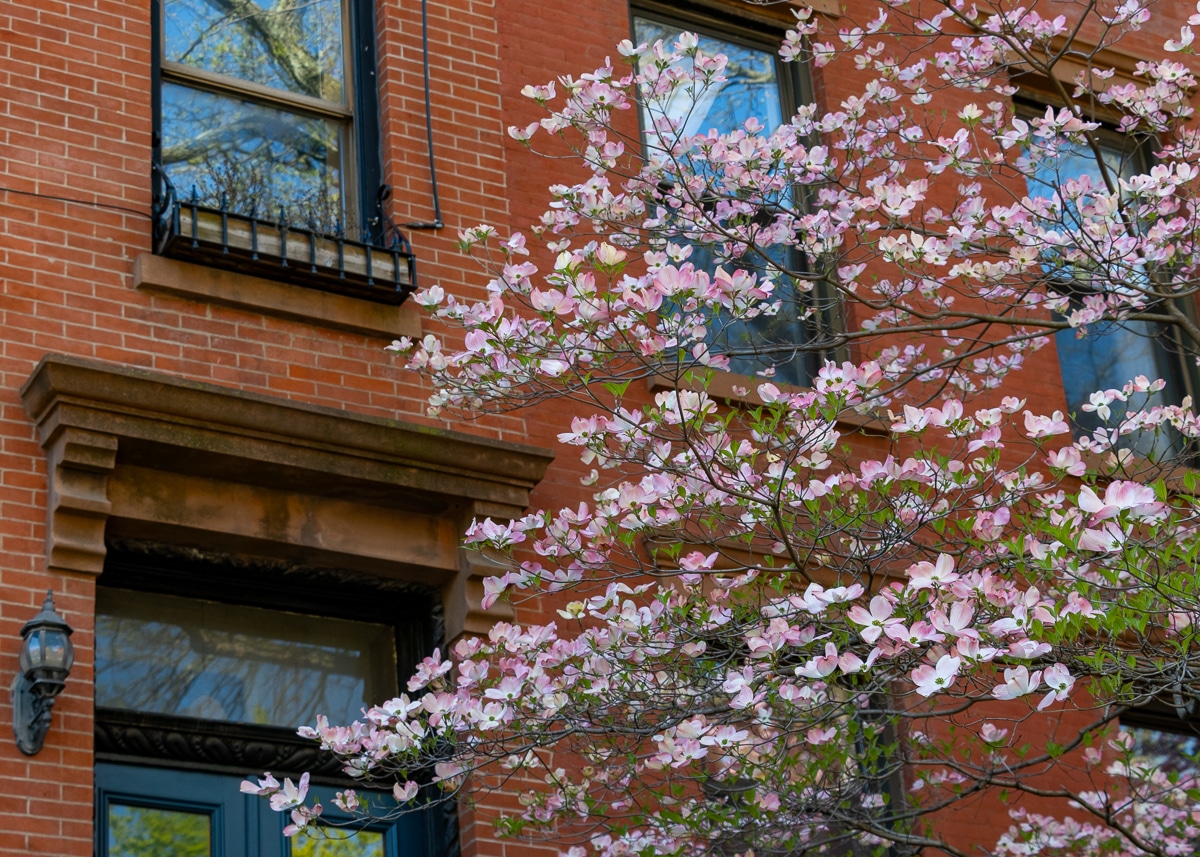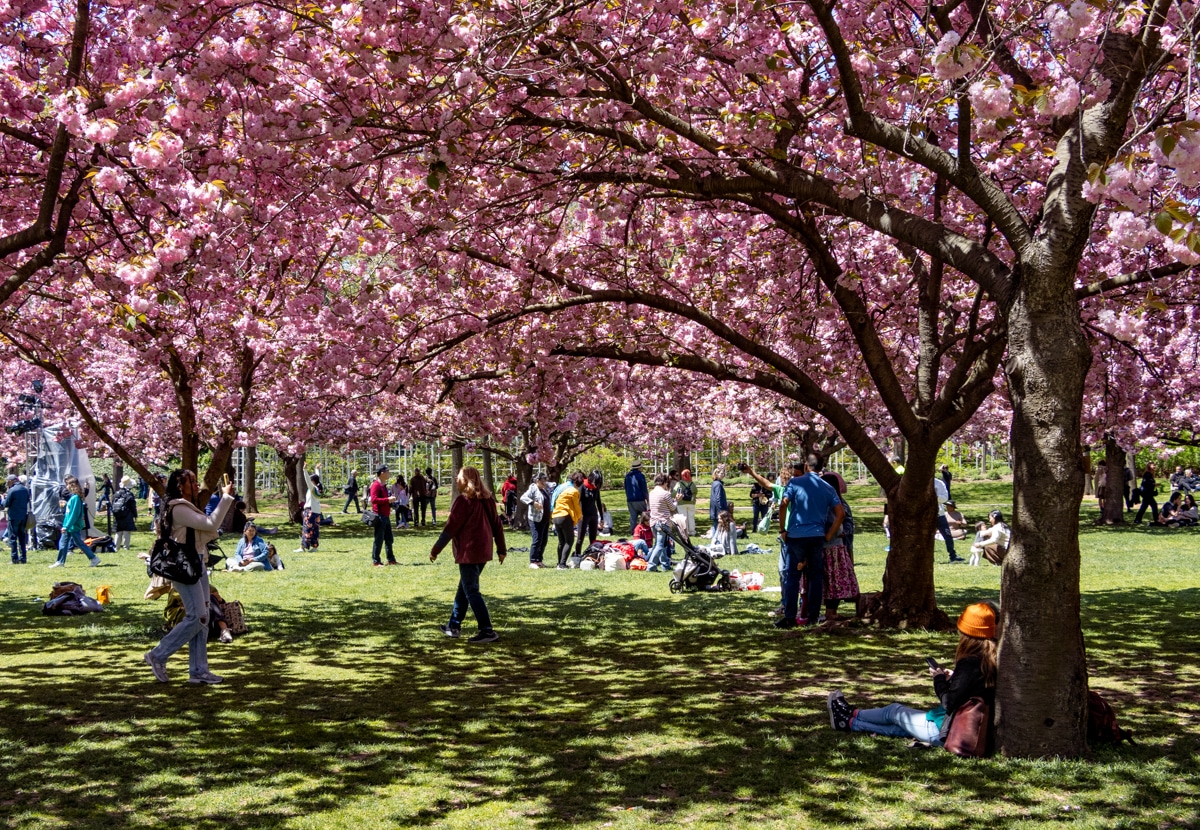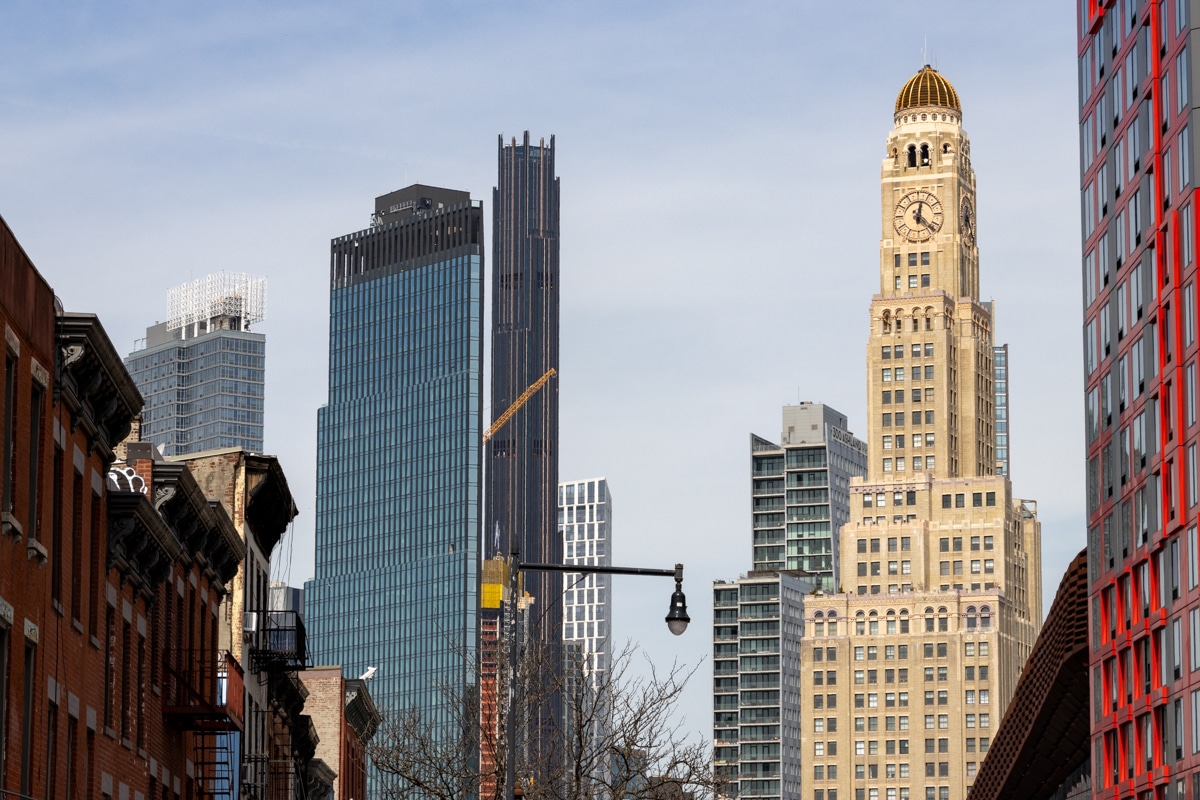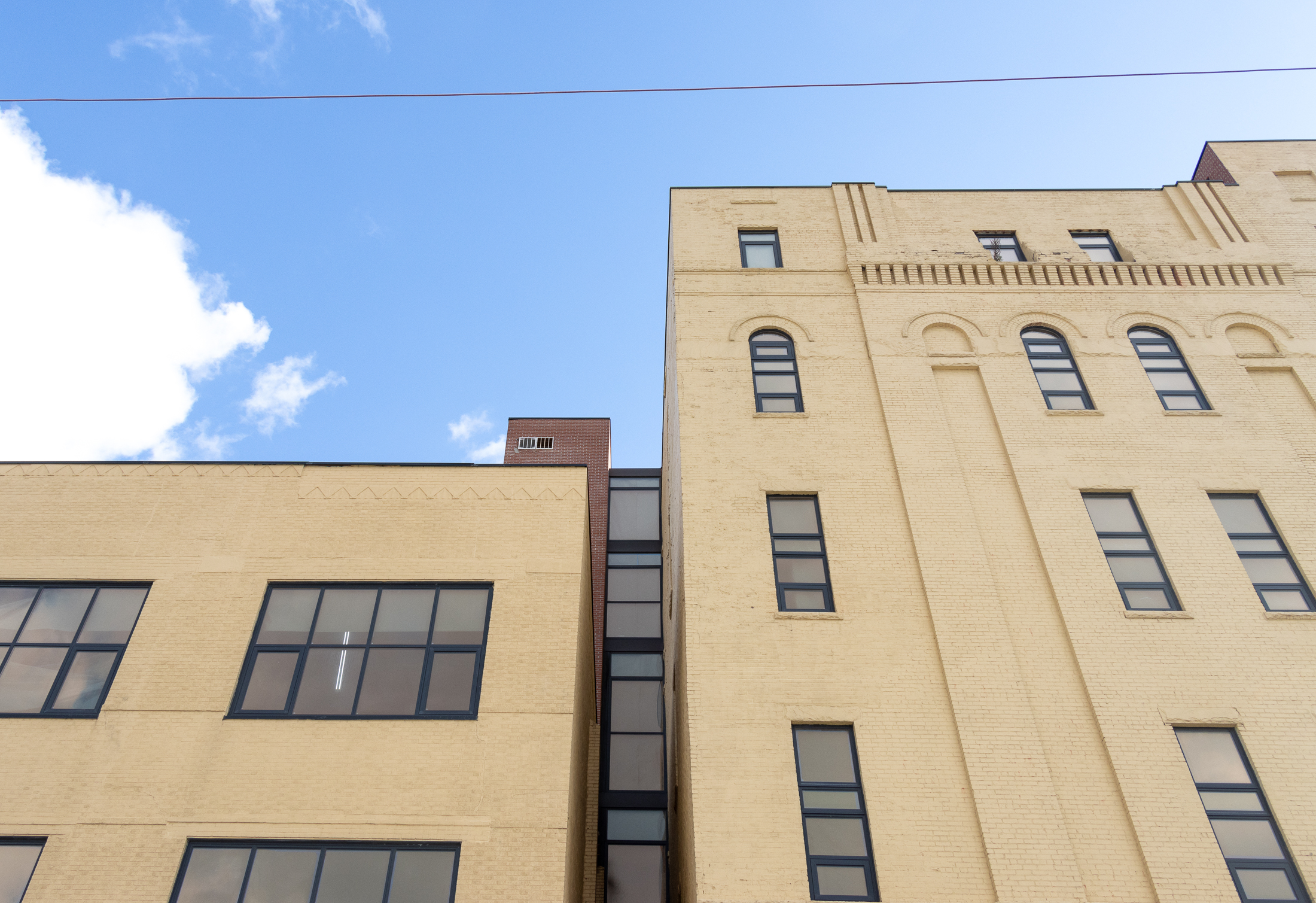Past and Present: Fourth Avenue at Sackett Street
A Look at Brooklyn, then and now. In 1912, Fourth Avenue near Sackett Street was a busy commercial street, filled with stores, banks and small businesses. This part of Brooklyn was known as Gowanus, Red Hook or South Brooklyn, and was populated by a mix of immigrant families from many countries. A look at the…

A Look at Brooklyn, then and now.
In 1912, Fourth Avenue near Sackett Street was a busy commercial street, filled with stores, banks and small businesses. This part of Brooklyn was known as Gowanus, Red Hook or South Brooklyn, and was populated by a mix of immigrant families from many countries. A look at the 1910 census records for Sackett Street, Fourth Avenue, and surrounding blocks shows families originally from Ireland, Sweden, England, and Italy, predominantly. A lot of the men would have worked on the docks, or in one of the many factories and warehouses in the Gowanus/RedHook/Sunset Park area. Many of the women may have worked for families in Park Slope or Cobble Hill, or in the factories in the area.
The transition from residential neighborhood to automotive repair heaven was already taking place when Robert Moses ran the BQE a block away, isolating Red Hook in the 1940’s. Most of the tenements and stores had long been replaced by one and two story commercial buildings. Some of the older buildings had been repurposed as stores catering to car repair and related business. But some of the old tenements remain. The tenement building in the more current photo can be barely seen as the second building after the intersection of Sackett St. almost indistinguishable from its twin, which is the corner store building with the quoins on the side. The exact corner that this picture is taken can only be identified by the presence of those quoins. Today, on this, and the other three corners, almost every other building dating from the turn of the century period is gone. GMAP











I think we have established that 4th Avenue was not widened but that its original beautiful center median was narrowed and turned into subway vents.
scott, take a trip to the Upper West Side. The subway runs beneath Broadway and there are medians with vents and plantings as well as seating areas.
MM, perhaps Fourth avenue was the failed grand boulevard of Brooklyn? It seems so odd that developers did not take advantage of the extra wide thoroughfare. Alas, it seems we are missing the boat once again as the new improvements on Fourth are hardly improvements. I have to say the ugliest collection of new buildings to be found anywhere have been built recently along Fourth. It makes the service stations look good by comparison.
Yes – dead people or not, I like the 1912 streetscape much better 🙂
The BQE is a block away from Fourth Avenue south of the Prospect Expressway.
Fourth Avenue must have been widened at some point in its history. I would guess it was not as wide a thoroughfare in the 19th century as it is today. That would have resulted in widespread demolition. And because this is Brooklyn and not Paris, the wider street was not immediately lined with limestone apartments buildings and sidewalk cafes but rather with service stations and tire shops.
Yeah not sure that the BQE really was a factor in the transition – in fact you could argue that if not for the BQE it could have been worse as 4th ave is/was the widest north/south route through Brooklyn. And not exactly sure how you can read those quoins to identify the street.
But anyway always interesting to look at old pictures (although I always go back to…everyone in this picture is dead – morbid I know)
Actually the report said that ‘as-is’ they limit the landscaping possible but they noted that the MTA should examine if the venting was needed/could be changed and specifically noted that Sunset Park has medians without venting.
I dont know why you are so sure that the subway grating down 4th Ave precludes center median planting. I am not an expert on the subway system but I find it hard to believe that there isnt a relatively easy way to allow for venting and plantings on 4th Ave.